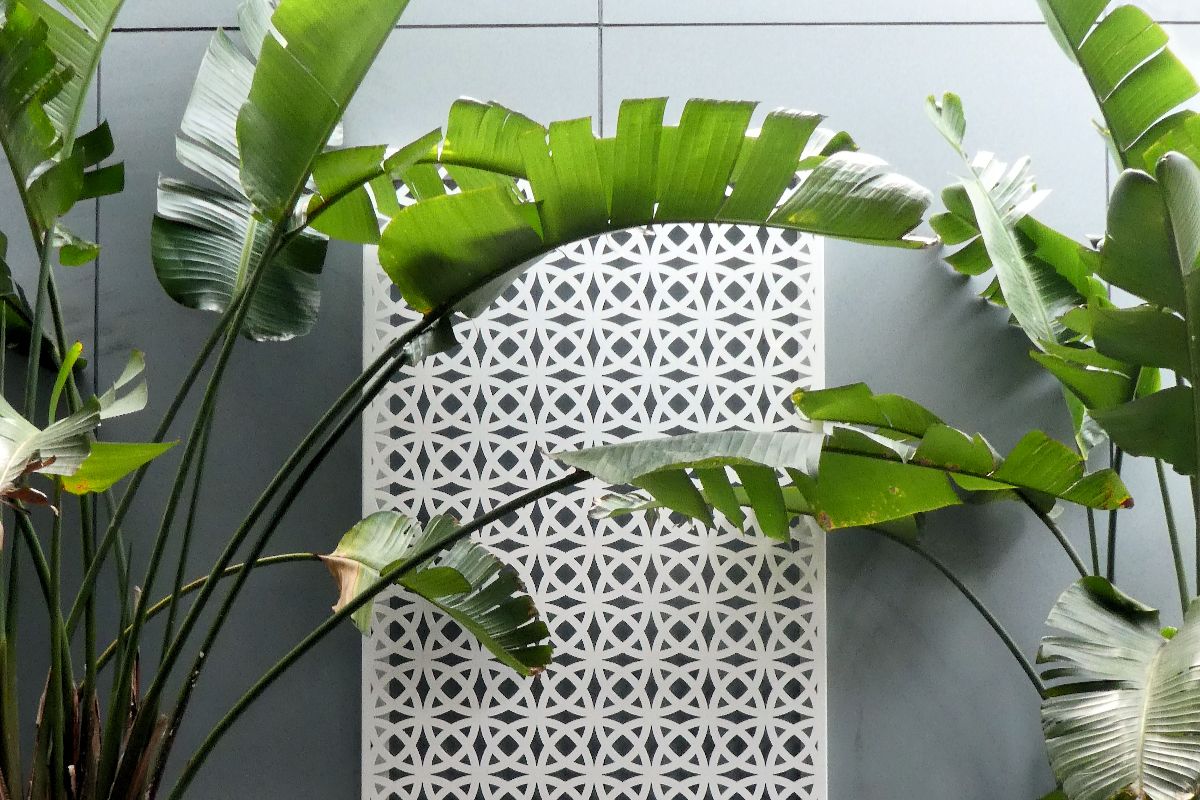November 5, 2025
How to Create Durable Decorative Wall Panels with Injection Molding

Overview
- Creating lasting wall panels requires precise execution. The process starts with designing panels that suit their intended spaces and conditions, followed by choosing materials that can handle various performance demands.
- It’s important to adjust injection molding settings to ensure each panel maintains its shape and strength. Following the proper steps towards crafting panels using this method helps enhance their durability and appearance for long-term use.
- Richfields provides high-standard injection molding services alongside expert guidance throughout its process, ensuring every panel meets high-quality standards.
Decorative wall panels are a popular choice in modern interiors because they provide style and function. Still, ensuring they remain durable is a challenge for product development. Without the right manufacturing method, panels can quickly lose their strength and visual appeal.
One reliable way to achieve long-lasting panel quality is through injection molding. By understanding how to create durable decorative wall panels with injection molding, production teams can ensure consistency in every piece. With Richfield’s expertise, teams can confidently produce panels designed for lasting performance. Read on to learn more.
First, identify the purpose of the panel. This helps set up the right dimensions and style, ensuring the design aligns with its intended function and appearance. Where will it be used? What kind of conditions does it need to withstand?
Minimalist panels may be best for offices or residential spaces where a clean aesthetic serves fewer distractions. On the other hand, a textured panel design is more suitable for high-traffic areas, like hotels, where scratches and wear are commonplace. Injection molding supports both approaches because it allows precise control over thickness, surface patterns, and structural reinforcements.

The next step is to match them with a plastic material that can withstand their performance demands. If the panel will be exposed to frequent impact, Acrylonitrile Butadiene Styrene (ABS) has the toughness needed to withstand it. Polypropylene has water-resistant properties for rainy environments, while UV-stabilized plastics prevent fading and surface degradation in outdoor settings.
Once the right material is chosen, ensure it’s processed correctly during injection molding to preserve its properties. This step guarantees that the final panel remains durable throughout long-term exposure.
Developing a mold starts with measuring the panel’s exact specifications. These include thickness, textures, and connection points—all of which matter in ensuring uniform mass production. This mold must also be engineered with proper cooling systems and gating to make sure the injection molding process is free of defects.
To do this effectively, simulations and trial runs should be conducted to test how molten plastic flows through the mold. Working closely with mold designers at this stage is essential because their expertise ensures every detail supports consistent, high-quality panel production.
Once the mold and material are ready, carefully adjust the molding machine’s pressure, injection speed, and cooling time to fit the project’s specifications. Thicker wall sections need more cooling, while thinner designs typically solidify in less time. A helpful tip is to run small trial batches first for a trial-and-error run. This way, production crews can fine-tune settings until they can be used for mass molding.
These parameters control how the material flows and solidifies, making them critical to the panel’s strength and finish. Ignoring this step causes weak points that can shorten the design component’s lifespan. With proper optimizations, they’re better able to maintain their form, guaranteeing their durability from one production run to the next.

Use controlled cooling cycles to let the panel set evenly throughout its structure. Development teams can adjust cooling channels in the mold so temperature flows uniformly, preventing one section from hardening faster than the other. Once the panel is ready to be removed, use smooth ejector pins and proper draft angles to guide it out of the mold without damaging its surface.
In injection molding, these protect the panels from significant defects. Hidden stress and surface damage can occur if these processes are rushed. Careful execution at this stage ensures every panel comes out of the mold stable and ready for finishing touches.
Once the injection molding process has been completed, make sure to test the decorative panels for accuracy and durability. Manufacturing teams can use measuring tools like calipers or gauges to confirm whether they have accurate dimensions. To spot surface flaws, visual checks can also be done for quick corrections before distribution.
After inspection, refine each panel with post-processing steps. Excess material can be trimmed for a smoother appearance. Protective coatings—like anti-scratch coatings or UV-resistant treatment—can also be applied for added durability. These not only enhance its appearance but also strengthen its structure, ensuring reliable performance upon installation.
By partnering with us at Richfields Corporation, you and your businesses gain access to advanced injection molding solutions for decorative panel production. Our collaborative approach ensures you create high-quality, cost-effective parts that meet your production demands’ exact needs.
Our technical expertise and engineering knowledge allow us to offer you the comprehensive guidance you need for your projects. From custom mold making to prototyping, we ensure you achieve a smooth production flow throughout operations.
Understanding how to create durable decorative wall panels with injection molding requires precise attention to design details and performance requirements. Each step is crucial to achieving quality components that last long in harsh conditions.
With Richfield’s services, manufacturers can confidently produce high-quality functioning panels in bulk. Reach out to us today to learn more about how our solutions can help.